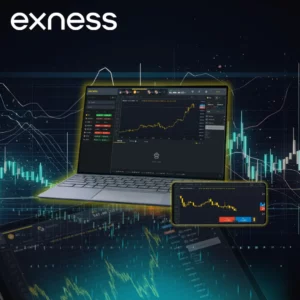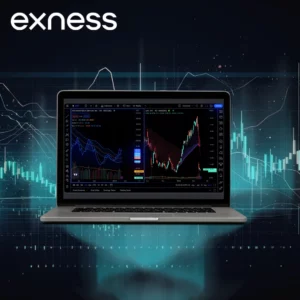Hedging is opening offsetting positions in the market to reduce adverse price movements. In the case of Exness, hedging allows a trader to open a buy and sell position on the same instrument; this helps them manage risks during volatile market conditions. Exness provides room for traders to apply this strategy, thus offering them the possibility of reducing the potential losses but still keeping open positions in the market. But first, one must know the hedging policy of Exness so that he can comply with the rules of the platform.
Does Exness Allow Hedging?
Exness allows hedging on its platform. Traders can open both long and short positions on the same instrument to hedge their risk, offering flexibility to manage their trades during uncertain market conditions.
Hedging Policy at Exness
Exness supports hedging as long as it is in compliance with their trading conditions and regulations. Hedging is available on both MetaTrader 4 (MT4) and MetaTrader 5 (MT5) platforms, with no additional fees specifically for hedging activities. However, traders should be aware of certain trading conditions related to margin requirements and account types. For instance, some Exness account types, such as Pro and Raw Spread accounts, may offer more favorable conditions for hedging. It’s also important to remember that while hedging can reduce risk, it does not guarantee profitability and can result in higher transaction costs if not used carefully.
How Hedging Works on Exness Platforms
Exness platforms allow the opening of opposite positions on the same asset, which is one good way to hedge against market volatility. For example, in case of the expectations of price fluctuations in a pair like EUR/USD, using an Exness trading platform, one can open both buy and sell positions simultaneously to offset losses in one position with gains in another, regardless of market direction. This can be done only if the trader has adequate margin in his Exness account. While Exness offers competitive leverage, hedging requires prudent risk management. That means a trader will have to monitor his positions and market conditions closely, not to overexpose and balance buying and selling prices in order to profit from fluctuations in prices.
Types of Hedging Strategies on Exness
Exness supports several types of hedging strategies, each suitable for different trading styles and risk management needs. These include:
- Direct Hedging: Opening both buy and sell positions on the same asset.
- Cross-Hedging: Using related instruments, such as trading EUR/USD and USD/JPY, to offset risks.
- Options Hedging: Protecting positions with options contracts to mitigate potential losses.
These strategies allow traders to manage risk and minimize potential losses by diversifying positions across different instruments or using various tools for market protection.
Benefits of Hedging on Exness
Hedging on Exness offers traders several advantages that can help manage risk and optimize trading strategies. Below are the key benefits of using hedging with Exness:

- Risk Management: Hedging helps limit losses by offsetting positions, offering a way to manage market volatility effectively.
- Protection Against Price Movements: It allows traders to safeguard their investments from unexpected market fluctuations, such as geopolitical events or economic data releases.
- Profit from Both Market Directions: With strategies like direct hedging, traders can potentially profit in both rising and falling markets.
- Leverage Control: Hedging provides better control over leverage, reducing risk exposure while maintaining larger positions.
- Flexible Trading: Exness offers varied account types that allow for easy implementation of hedging strategies across multiple assets, including forex and commodities.
Hedging on Exness generally improves the ability of a trader to manage risks while still exercising flexibility in implementing trading strategies. Whether you are a beginner or an experienced trader, hedging will help improve the chances of capital preservation and making the most out of market opportunities while taking controlled risk.
How to Implement Hedging on Exness
Exness is realized in the following way: Determine the hedged asset-a currency pair or some kind of commodity. Having selected an asset, one needs to open two opposite positions: a buy order and a sell order, but both positions should be opened on the same asset. For example, you might anticipate market volatility but not be certain about the direction. You can open both positions in order to hedge against losses in either direction. Ensure that your Exness account has enough margin for both trades, as Exness offers competitive leverage, which can be good if managed properly. However, one needs to monitor the positions closely and adjust according to the market for the purpose of avoiding an overexposure of a particular stock and for having a balance between buying and selling price in order to capture profit from fluctuations. One should always keep eyes on the risk tolerance level for optimization of hedging strategy effectiveness.
Exness Hedging and Margin Requirements
Exness, one has to consider the margin requirements for opening several positions. Hedging means opening positions in opposite directions for the same asset and requires sufficient margin in your Exness account to cover both positions. The competitive leverage offered by Exness does not exempt one from needing to have enough balance in their account for maintaining the margin of both buy and sell positions. If the margin is not enough, then your positions might be under threat of closure by margin call. Hence, one has to check with the margin requirement for the account type before hedging, have sufficient capital to offset the probable exposure, and maintain a calculated risk tolerance to avoid overexposure in case of volatile markets. You can hedge your positions accordingly and keep the trading environment safe as well.



